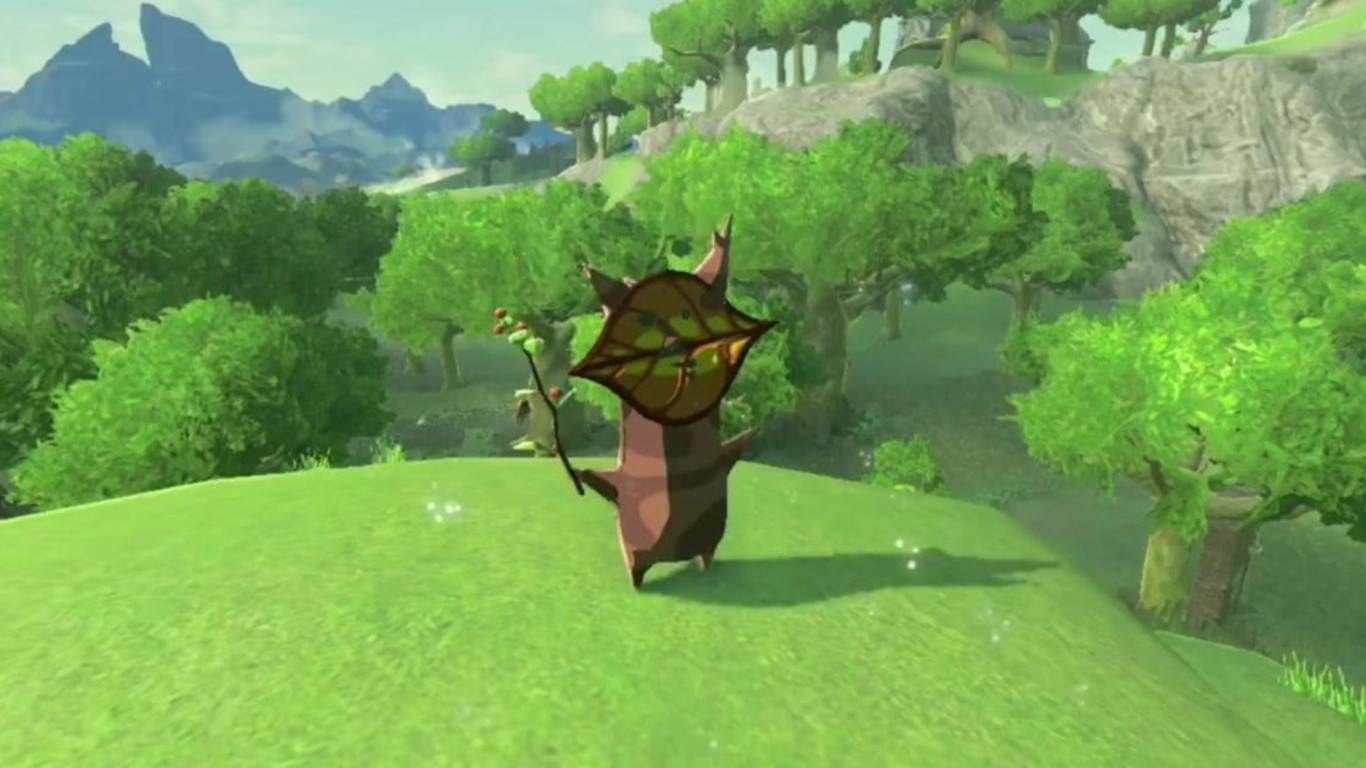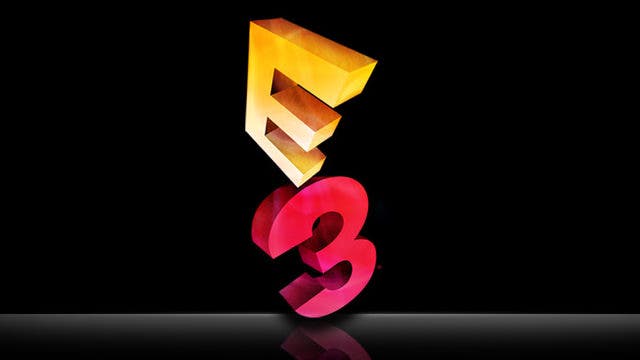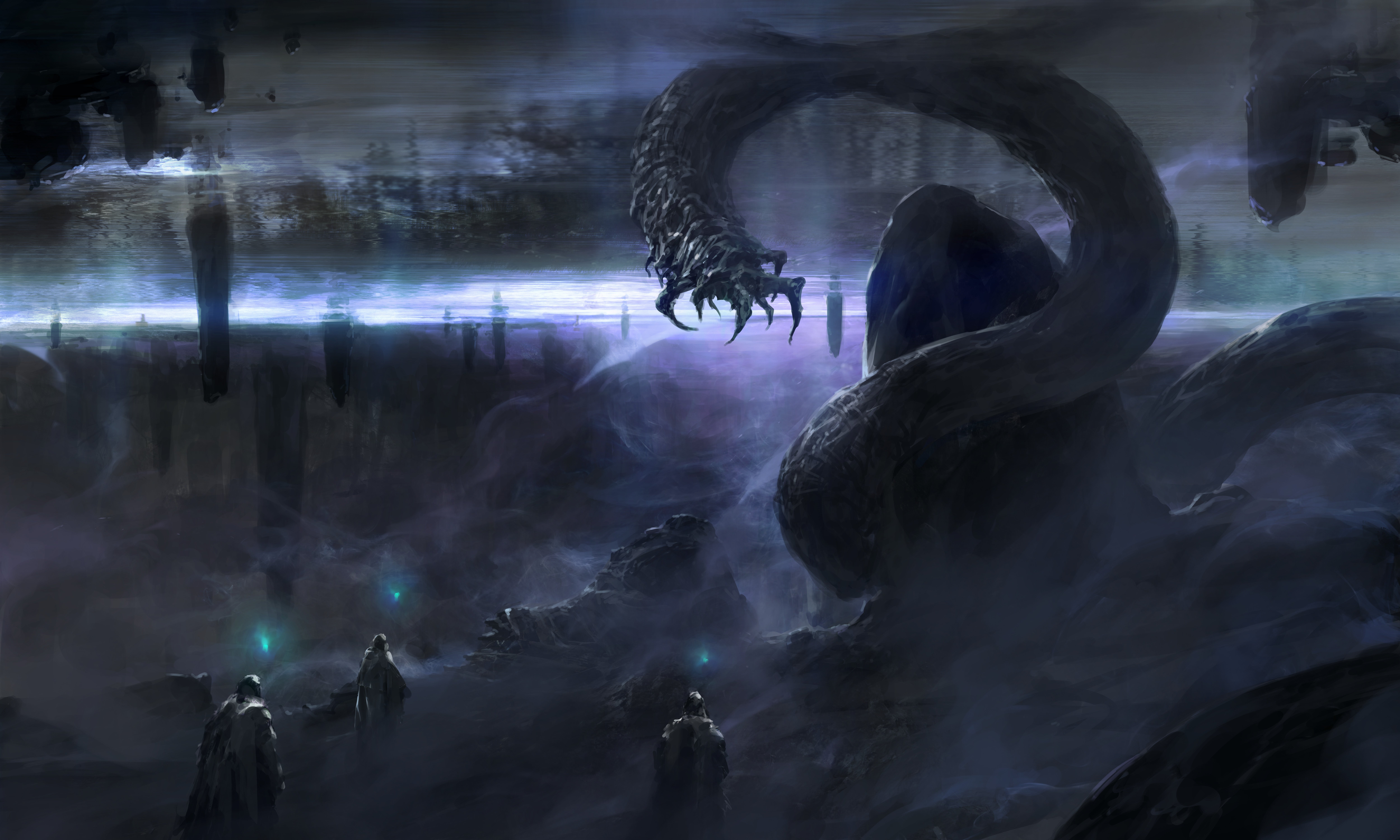Kirby’s Dream Buffet, not to be confused with the SNES classic Kirby’s Dream Course, seems to have flown under the radar for a lot of people. Seeing as the turn-around time from its initial reveal to its subsequent digital-exclusive launch on the Nintendo Switch eShop was just barely over one month, marketing for the game was on the scarce side. Developed by Hal Laboratory, the studio also responsible for the main-line Kirby titles, Kirby’s Dream Buffet is a spin-off multiplayer party game that draws immediate, albeit overstated, comparisons to Mediatonic’s Fall Guys. Does Kirby’s Dream Buffet take the cake? Or is it a bit too undercooked? Let’s dig in!
A food-themed aesthetic always excites me when it comes to video game levels; whether it’s Sweet Sweet Canyon from Mario Kart 8 or the Luncheon Kingdom from Super Mario Odyssey, there’s something so appetizing about seeing oversized versions of your favorite tasty snacks. Considering that Kirby’s insatiable appetite is one of his most notable character traits, it’s hard to believe it took until now for him to be put smackdab in the center of a caloric world like this. Kirby’s Dream Buffet executes the style near perfectly, with almost every element in the background and foreground being mouth-wateringly delicious looking. Unfortunately, I’ve now come to realize that the biggest appeal of exploring food-based worlds is that they’re few and far between. Since Kirby’s Dream Buffet grounds itself so heavily in the culinary concept, stage variety feels a bit limited, with each one blending together, being hard to differentiate at times.
The main ‘Grand Prix’ of Kirby’s Dream Buffet consists of two obstacle-course style races with a minigame in-between and a battle royale to finish it off, all experienced in rapid-fire succession. Throughout all four rounds, the goal is to collect as many strawberries as possible, as the Kirby with the most at the very end is crowned victorious. Following in the footsteps of Mario Party and its Bonus Stars, there are also bonus strawberries rewarded at the end of each Grand Prix based on random performance tasks such as: most time spent hovering, most strawberries collected, most enemies defeated, etc. Losing this way can be frustrating, especially if you were holding a steady lead, but I suppose that it could be considered part of the fun… in a masochistic sort of way.
Controls are tight and fluid as you roll around the three-dimensional courses in a similar manner to that of the Super Monkey Ball series, though the movements feel much less restricted and stationary. Gathering up enough strawberries will bring your Kirby to periodically grow in size, causing a gradual increase in movement speed, which is greatly beneficial during races. On the flipside though, the bigger you are, the less you’re able to hover, negatively impacting your ability to recover when falling (or being forcefully pushed) off of the stage. Much like the item boxes in Mario Kart, collecting a ‘Copy Food’ box grants you the use of a power-up, implementing Kirby’s signature Copy Abilities in a uniquely competitive fashion. These mechanics are how the gameplay functions overall, but let’s talk logistics regarding the individual segments.
- RACES are the core of Kirby’s Dream Buffet and my favorite of the three modes. There are three mountains of strawberries at the finish line containing 50, 20, and 10 respectively. Considering having the highest count of strawberries is the key to victory, you’ll want to jump, bump, and power-up your way through a culinary obstacle course to get to the end first, collecting as much stray fruit as you can along the way. There are alternate shortcut paths too that are more difficult to navigate, but with high risk comes high reward, as you shave off time.
- MINIGAMES are only 20-seconds-long and lack much substance. Basically, strawberries, or boxes and enemies containing them, continuously spawn around a wrestling ring-sized arena and you have to bump your opponents out of the way to grab them first without the use of any power-ups. There isn’t very much hardcore action during minigames, but they’re short, sweet, and totally harmless.
- BATTLE ROYALES are winner-takes-all matches that are highly competitive. Even if you performed poorly in the minigame and its sandwiching two races, you can still end up being an overall winner if you perform well in the Battle Royale. It’s a highly intense, incredibly fast-paced, 1-minute-long brawl, as you grab and use Copy Food power-ups in an attempt to knock your opponents over the edge and steal their strawberries. If you manage to get bumped off, and trust me, you absolutely will, you’ll quickly respawn and jump right back into the battle.
Online is where Kirby’s Dream Buffet really shines its absolute brightest. As matchmaking commences to find three opponents from around the world, there’s a cute little hub area to roll and jump around in to make the wait easier. Of course, you can also create a private lobby for friends to join, which is no-doubt the best and most entertaining way to experience the game. Dealing with potential internet lag is the biggest issue when it comes to playing online, as it can cause pretty bad framerate issues if not everyone in the lobby has a stable enough connection.
Every match you complete will earn you points to level up your Gourmet Rank, earning you tons of cosmetic goodies, including: new costumes, colors, music tracks, minigame/battle stages, and character treats, which are collectables you can use to decorate a cake that’s located in the hub world. Your exact number of victories is tracked, and you also have a Skill Level that fluctuates up and down every time you win or lose. Trying to raise your level and rank to unlock everything in the game certainly adds a good amount of replayability, but gameplay can get repetitive if you’re playing online alone without friendly banter on apps such as Discord.
You can also choose to play locally on one Nintendo Switch system, either by yourself or with a partner. There is a major downside to this however, as local-play is restricted to a maximum of 2 players for some reason, so you’ll always be forced to play alongside CPUs to reach the required 4-player threshold. At least the difficulty level of the CPUs can be changed between Sweet, Normal, Spicy, and Extra Spicy, so there’s a challenge to be had if so desired. Local mode also features the exclusive option to play a race, minigame, or battle royale separately, so you don’t have to play an entire Grand Prix if you’re running short on time.
Kirby’s Dream Buffet is a well-prepared sweet treat that gets stale rather quickly without friends to share it with. While its £13.49 price-tag certainly makes it easy to swallow, it admittedly feels like a missed opportunity for it not to have been a free bonus for Nintendo Switch Online + Expansion Pack subscribers alongside the likes of Tetris 99 and Happy Home Paradise. For a budget title though, there are definitely many hours of enjoyment to be had in this adorably competitive game, especially if you can convince a few pals to pick it up for themselves for some online play. If you’ve finished Kirby and the Forgotten Land and are looking for more cute Kirby action to tide you over until the next main-line release, then Kirby’s Dream Buffet will surely satisfy your hunger.
7.5/10
A copy of Kirby’s Dream Buffet for review purposes was provided by Nintendo UK.








